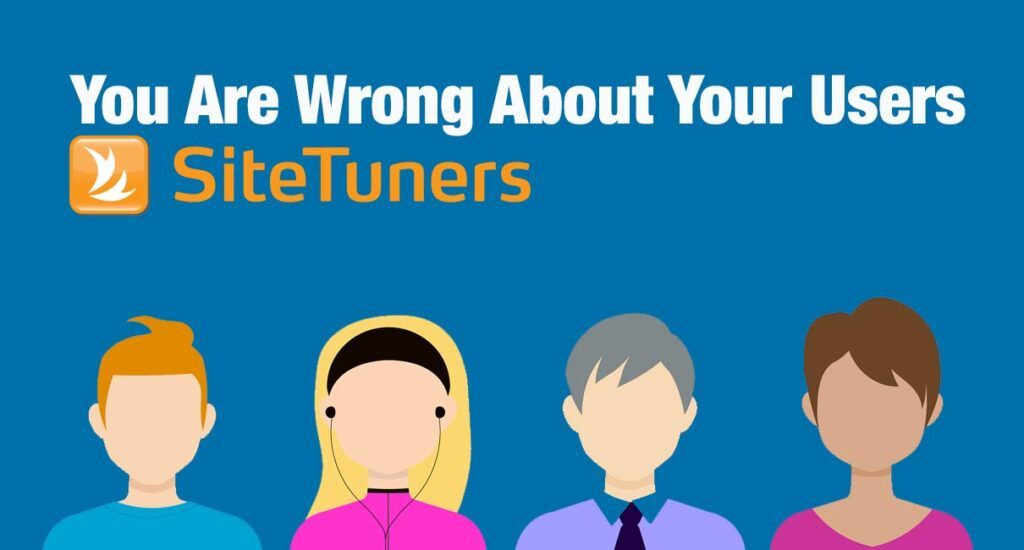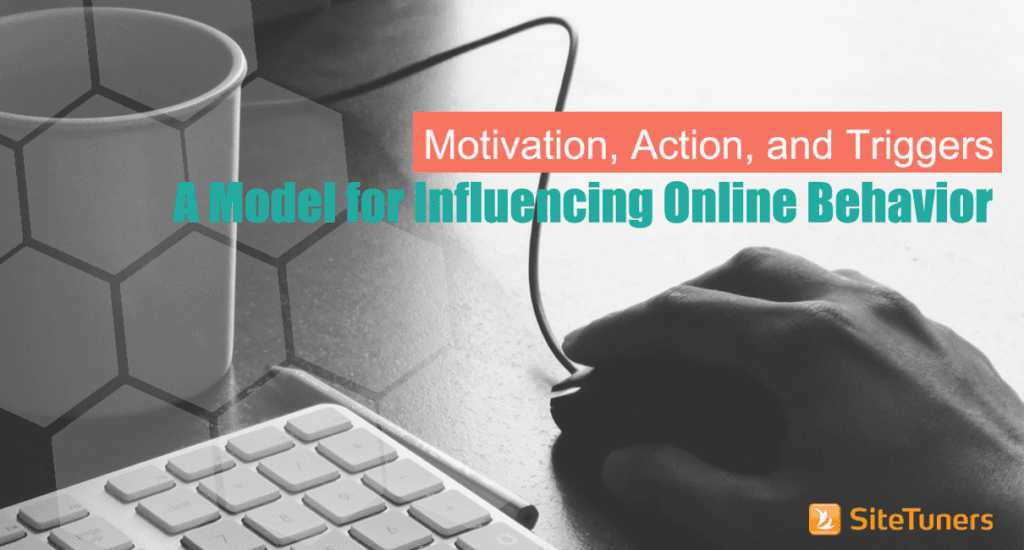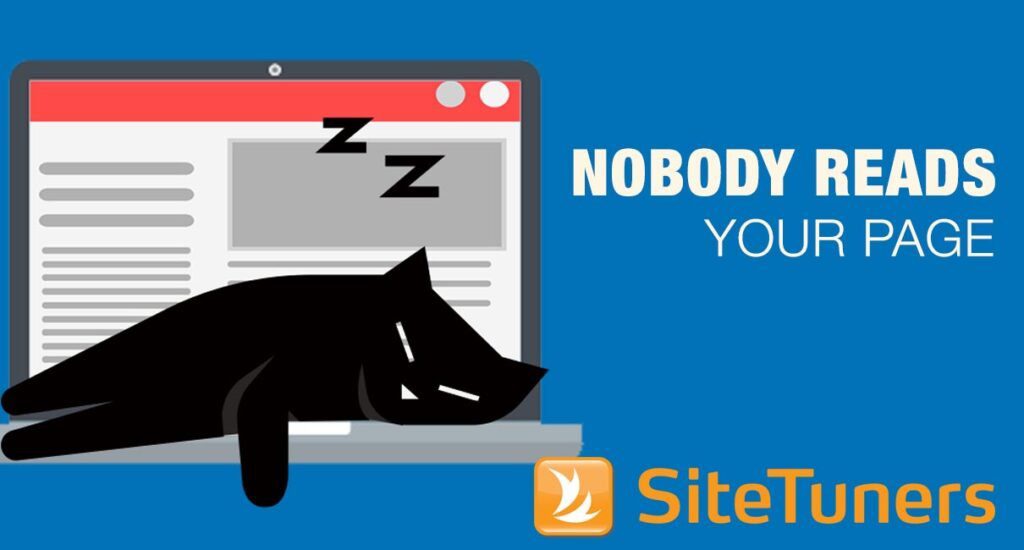Search intent is the key to start establishing a great website experience that ultimately leads to a healthy conversion rate. Achieve your company objectives by aligning the user’s intent throughout an excellent website experience. Which, by the way, is the cornerstone of conversion rate optimization strategy.

Summary – Understanding search intent, or what people are looking for based on their problems or needs, is critical to your online success. When you know both, the “what” and the “why”, behind your prospect’s search behavior, you can increase not only your web traffic but also engagement, and conversions by aligning user intent, with company goals, and website experience.
The Importance of Search Intent
Search intent, also known as user intent or audience intent, is the “why” behind every customer’s goal as they type into the search engine. What will drive them to check out what you have to offer? What kind of solution will they get from your site?
Pursuing traffic is great, but tuning to what users really want as they search is extra powerful in increasing your conversion rates. Search intent gives you clues to the underlying motivation that drives customer online behavior. Hence, it’s pretty helpful when you’re trying to refine or tailor your messages to specific user segments, design ideal experiences, and improve engagement on your web pages.
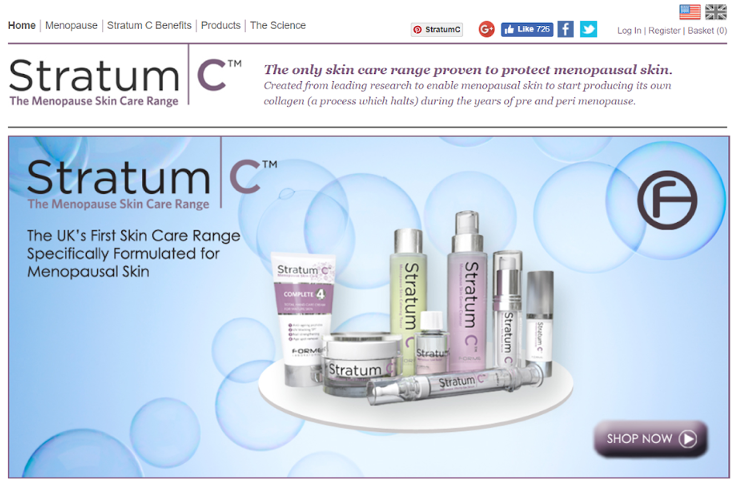
Notice how they mentioned, “Specifically Formulated For Menopausal Skin”? This website smartly captures a distinct age group of menopausal women with their major needs in mind.
You can identify the groups of people you’re interacting with and categorize them according to needs that you can fulfill. Once done, it will be easier for you to segment your marketing strategies per group, including landing pages, newsletters, or follow-up surveys.
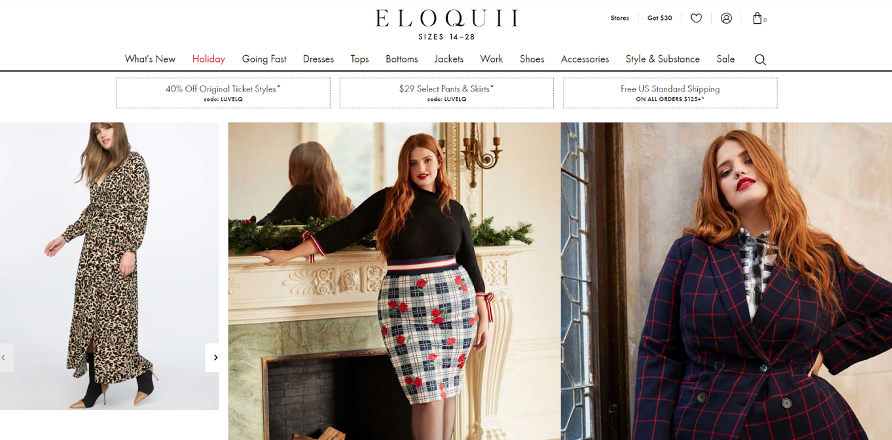
Does your content evoke emotion or relatability? Your audience feels more secure when they see you offer exactly what they need.
For instance, the website above uses relevant images for their target market. With relatable content like these, the user can imagine the clothing as if they were wearing it themselves, don’t you think? The valuable and empowering experience will reinforce users’ feeling of being in the right place. Ultimately, you can gain their trust to stay and even return for more.
- Better Engagement
Website visitors are more likely to stick around when they land on a website or page that fits their search intent. This means you’ll also get a lower bounce rate and build visitor trust. This is great even for your SEO. Search engine algorithms use engagement metrics for ranking websites and pages, which increases the likelihood that you’ll be rewarded with higher rankings.

6 Examples of Good Homepage Design for Increased Conversions
The 3 – Step Framework For Perfect User Alignment
Now that we’ve identified the perks of well-analyzed search intentions, would you agree that marketing is truly about the customers’ needs alone? Well, yes, except conversion strategies are about more than just your customers.
Successful marketing requires the perfect balance of aligning your goals with your customer needs to protect both of your essential interests. We’d all love a win-win situation, right? And since it’s easier said than done, here’s the secret in mastering user alignment.
Step 1 – Identify your goals
Have you ever tried to invest in a brand awareness strategy but ended up not acquiring the desired conversion action you wanted? This happens all the time. You can easily bridge this gap by mapping your plans according to your business goals.
For starters, you can ask yourself these questions. Be as specific as you can:
- Do you have a specific sales target?
- Are you looking at building your email list to a certain number of subscribers?
- Is your goal to generate a certain amount of leads?
- Do you want to create brand awareness among the audience?
- Do you want to boost traffic to your website?
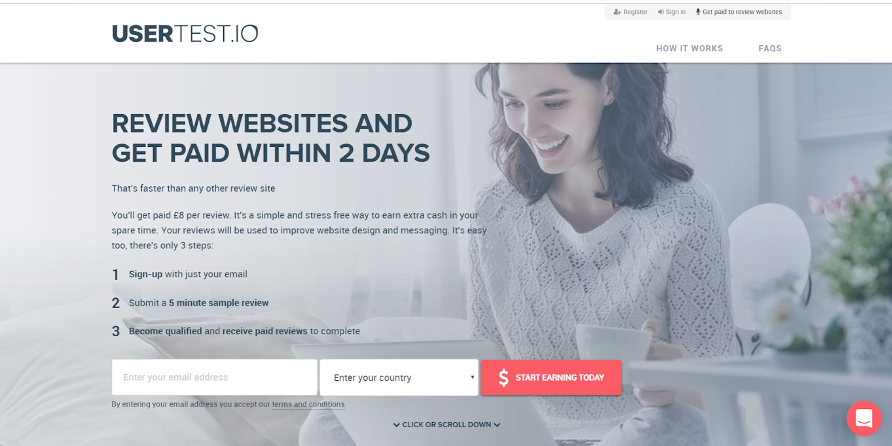
To give you an example, this website assures a user that he or she will be paid in 2 days with clear instructions on “how”. The brand has a clear call-to-action that they want you to register to earn. You can learn from this by being direct with what you want to accomplish with your audience.
Whatever your goals may be, make sure to write them down. It’s easy to get lost with your goals once you’re choosing so many tools and strategies available in the market. Stay close to your objectives while planning. This way, you can save time and money while keeping track of the best methods aligned with your goals.
Step 2 – Find out what your website visitors are looking for
Now that you’ve perfectly established your overall goals and their economic values, let’s hop over to the next important question to ask yourself: What are my website visitors really looking for?
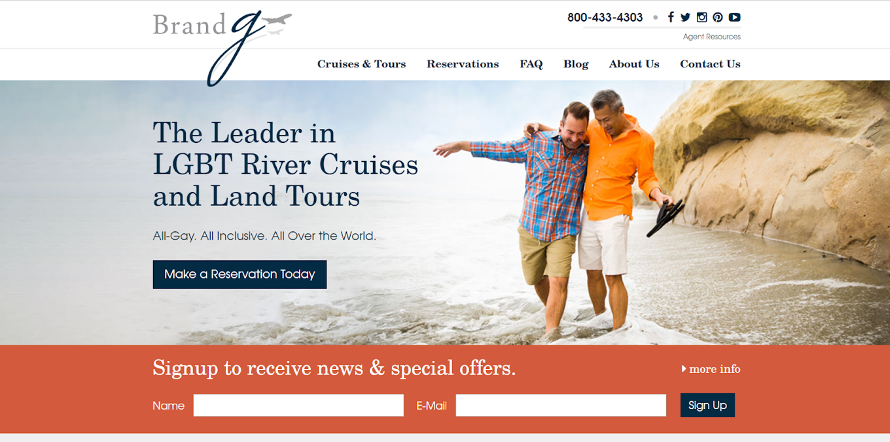
The user’s intent in searching online is all rooted in a cause. The website above gave an ideal answer right away on the inclusivity they have to offer. Ask yourself, are my visitors only coming with the intention to buy? The key here is to evaluate with the right questions.
are users on your site to compare prices?
Or, are they visiting to look at the designs you offer?
Or, do they just want to see what’s trending in the market?
If you know your Google Search Console basics, then you can just check the search queries that are bringing visitors to your website or landing page. With this data, you can analyze the type of search intent to find out what brings the most conversion
Types of Search Intent
Every visitor’s search intent can vary from case to case. Take note of their purpose to target their needs with the right content angles effectively.
Buying
Usual Keywords: Buy, Best, Price, Order, (Name or Type of store) in (Location)
The user searches with the intention to buy a product or a service. They already know what they want to buy. They’re just searching for where they can buy it from and not concerned with how the product is made.
Consuming Content
Usual Keywords: Product name, Service name, Name of brand
The visitor is aiming for content, such as research materials. It could be a blog, white paper, e-newspaper, and the likes.
Looking for Information
Usual Keywords: 4 W’s (Who, What, Where, When), How, Why, Ideas, Examples, Guide, Tips
The searcher wants information to provide a solution. Their queries might include how to get a task done, pricing details, or a comparison between different brands. Some users are also looking for physical locations to visit or purchase from.
Interaction
Usual Keywords: Group, Join, Register, Review, Community, Sign Up
A visitor might simply want to interact with other people by signing up on a social media website, becoming a part of online communities, or posting opinions on review sites, etc.
Get To Know Your Customer Better
You have your own instincts on what works best around your business, and it’s not so bad to stick to your gut feelings in mapping marketing strategies. If it works for your business, it’s fine to go along with it.
There is, however, a surefire action to get inside your customer’s minds – with cold hard data! Maximize the analytics tools you have to gather relevant statistics from your audience. Digital marketing tools allow you to source demographics, bounce rates, conversion rates, and other helpful metrics.
Thanks to these multiple channels, you can rely on integrated data from each to get to the root of what your potential customers are really trying to search for.
Here are more solid resources to check out for substantial data:
- Web searches – Don’t underestimate extensive, detailed market research. Check your web user engagement metrics to identify the content that’s working for you and improve your website’s weaknesses.
- Online communities – You may use Quora or Reddit to understand the people you would profile in your target group.
- Competitors – Look at the people who are buying from your competitors.
- Customer Reviews of Similar Products – It gives you huge insights into exactly what the customer is looking for.
- Surveys – These are a great way to understand people’s expectations. You can either have your existing customers fill out survey forms or have short surveys on your landing pages.
Step 3 – Ensuring a good website experience for the visitors
The cherry on top of search intent will always be the best website experience possible for your visitors. Aligning user intent on your website is essential in ensuring that they’re getting what they really want.
Here are more tips to take note of in stepping up your search intent alignment:
- Build Trust
Work on your credibility. It’s in the buyer’s nature to be skeptical and keen on the quality you offer. Build trust symbols such as logos from Better Business Bureau or Chamber of Commerce, awards won, and excellent customer testimonials.
- Target Outside Your Boundaries
Take risks and target people beyond your target group. Some visitors are not ready to take a leap of faith and purchase right away. Even so, commit to every type of visitor you encounter to achieve your long-term desired conversions. Fine-tune your strategy consistently according to different demands, and you’ll be rewarded with your adaptive skills.
- Simplify the Process
What if buyers leave mid-way just because your checkout process is too complicated? Declutter their buying experience and get rid of unnecessary features. It’s also essential to establish seamless customer service communication platforms where they can clarify about your products or services anytime.
Use Search Intent to Peek Into Users’ Minds
Search intent is your best-kept secret when it comes to aligning your goals and your visitor’s needs. With this three-step formula, you can now magically take a peek at your users’ minds while searching. With this, we ask you: what search-intent based conversion strategy are you planning to change today?
